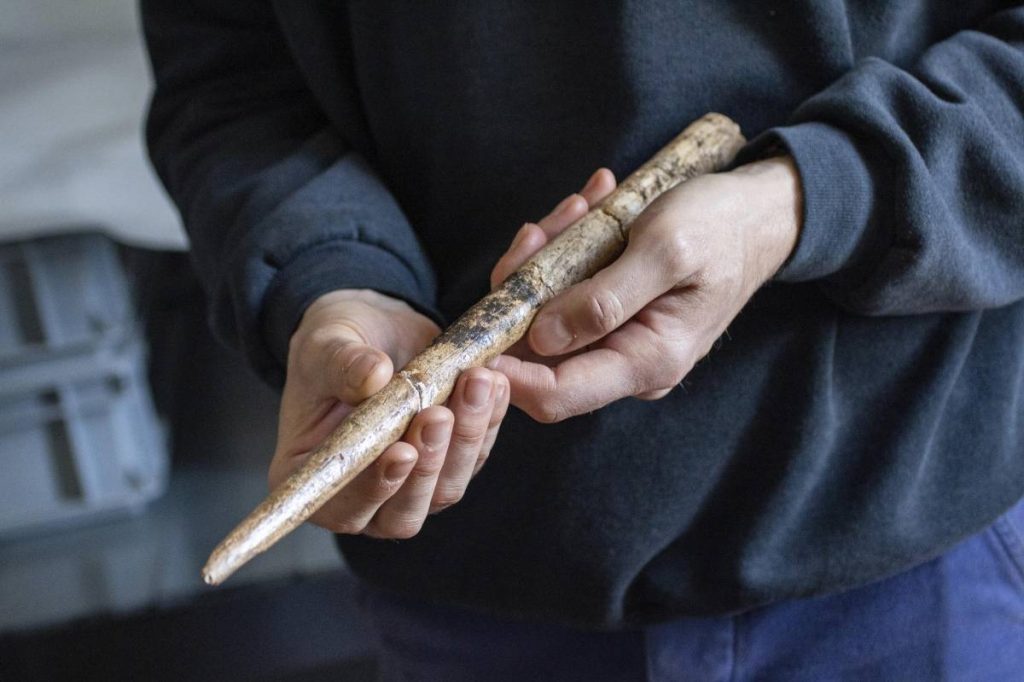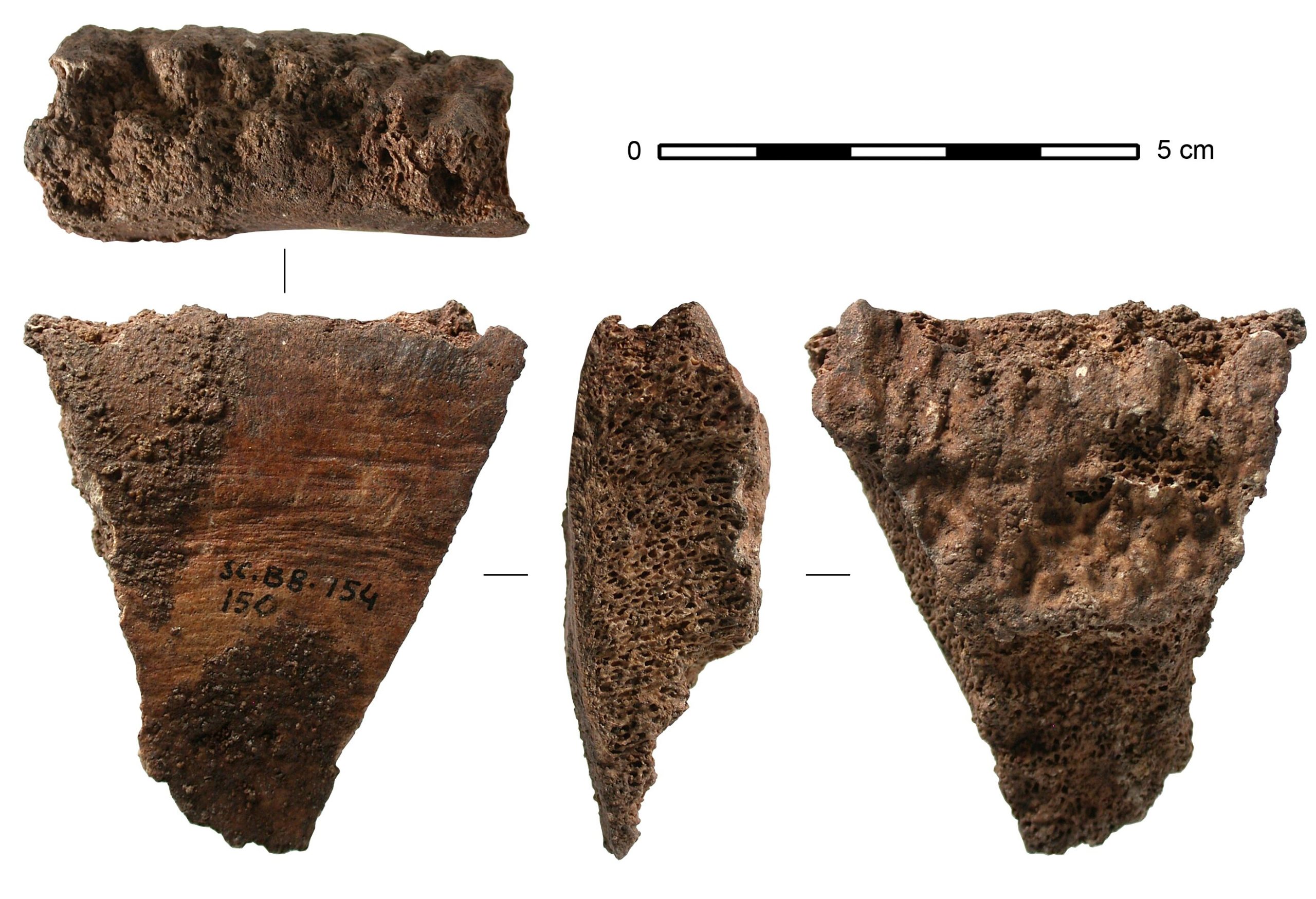Scientists have uncovered the earliest known use of whale bones by humans—dating back over 20,000 years.
This reveals our ancestors were far more resourceful than we imagined.
The discovery was made along Spain’s northern coast, where more than 60 whale bone fragments—mainly ribs and vertebrae—were found.
Many were fashioned into spear tips.
“These bones are very rich in fat,” explained Jean-Marc Petillon, lead author of the study, published in Nature Communications.
The fat likely made them a valuable resource, possibly even for extracting oil.
Ancient Whale Hunters?
Not quite. The researchers believe the whales likely washed ashore, providing a rare and welcome bounty.
From there, humans hauled the massive bones up steep cliffs—some more than 5 kilometers inland.

Carbon-dating and spectrometry confirmed the bones’ origins, overturning old misidentifications.
Interestingly, whale bone tools appeared in a burst between 17,500 and 16,000 BC.
They even showed up in Germany, before abruptly falling out of use.
Why? “It could be a choice,” Petillon mused.
“Like a fashion that lasts a millennium or two and then stops.”
So next time you think of early humans, don’t just picture them with flint and fur.
Imagine them hauling whale bones up cliffs, driven by survival, ingenuity… or maybe even style.





